hello there fellas
Today out of boredom I decided to make an air canada 767-200 retro livery (referring the air canada flight 143)
Real pictures of the aircraft (C-GAUN)

All credits to GalacticaAsia and Feige3
About the Boeing 767
IThe Boeing 767 is an American wide-body airliner developed and manufactured by Boeing Commercial Airplanes. The aircraft was launched as the 7X7 program on July 14, 1978, the prototype first flew on September 26, 1981, and it was certified on July 30, 1982. The initial 767-200 variant entered service on September 8, 1982, with United Airlines, and the extended-range 767-200ER in 1984. It was stretched into the 767-300 in October 1986, followed by the extended-range 767-300ER in 1988, the most popular variant. The 767-300F, a production freighter version, debuted in October 1995. It was stretched again into the 767-400ER from September 2000.Designed to complement the larger 747, it has a seven-abreast cross-section accommodating smaller LD2 ULD cargo containers. The 767 is Boeing's first wide-body twinjet, powered by General Electric CF6, Rolls-Royce RB211, or Pratt & Whitney JT9D turbofans. JT9D engines were eventually replaced by PW4000 engines. The aircraft has a conventional tail and a supercritical wing for reduced aerodynamic drag. Its two-crew glass cockpit, a first for a Boeing airliner, was developed jointly for the 757 - a narrow-body aircraft, allowing a common pilot type rating. Studies for a higher-capacity 767 in 1986 led Boeing to develop the larger 777 twinjet, introduced in June 1995.
The 159-foot-long (48.5 m) 767-200 typically seats 216 passengers over 3,900 nautical miles [nmi] (7,200 km; 4,500 mi), while the 767-200ER seats 181 over a 6,590 nmi (12,200 km; 7,580 mi) range. The 180-foot-long (54.9 m) 767-300 typically seats 269 passengers over 3,900 nmi (7,200 km; 4,500 mi), while the 767-300ER seats 218 over 5,980 nmi (11,070 km; 6,880 mi). The 767-300F can haul 116,000 lb (52.7 t) over 3,225 nmi (6,025 km; 3,711 mi), and the 201.3-foot-long (61.37 m) 767-400ER typically seats 245 passengers over 5,625 nmi (10,415 km; 6,473 mi). Military derivatives include the E-767 for surveillance and the KC-767 and KC-46 aerial tankers.
Initially marketed for transcontinental routes, a loosening of ETOPS rules starting in 1985 allowed the aircraft to operate transatlantic flights. A total of 742 of these aircraft were in service in July 2018, with Delta Air Lines being the largest operator with 77 aircraft in its fleet. As of May 2024, Boeing has received 1,407 orders from 74 customers, of which 1,311 airplanes have been delivered, while the remaining orders are for cargo or tanker variants. Competitors have included the Airbus A300, A310, and A330-200. Its successor, the 787 Dreamliner, entered service in 2011.
About

Air Canada is the flag carrier and the largest airline of Canada, by size and passengers carried. Air Canada is headquartered in the borough of Saint-Laurent, Montreal, Quebec. The airline, founded in 1937, provides scheduled and charter air transport for passengers and cargo to 222 destinations worldwide. It is a founding member of the Star Alliance.[10] Air Canada's major hubs are at Toronto Pearson International Airport (YYZ), Montréal–Trudeau International Airport (YUL), and Vancouver International Airport (YVR).[11]
About Air Canada 143, Also known As the Gimli Glider
Air Canada Flight 143, commonly known as the Gimli Glider, was a Canadian scheduled domestic passenger flight between Montreal and Edmonton that ran out of fuel on Saturday, July 23, 1983,[1] at an altitude of 41,000 feet (12,500 m), midway through the flight. The flight crew successfully glided the Boeing 767 to an emergency landing at a former Royal Canadian Air Force base in Gimli, Manitoba, which had been converted to a racetrack, Gimli Motorsports Park.[2][3][4][5][6] It resulted in no serious injuries to passengers or persons on the ground, and only minor damage to the aircraft. The aircraft was repaired and remained in service until its retirement in 2008. This unusual aviation incident earned the aircraft the nickname "Gimli Glider."The incident was caused by a series of issues, starting with a failed fuel-quantity indicator sensor (FQIS). These had high failure rates in the 767, and the only available replacement was also nonfunctional. The problem was logged, but later, the maintenance crew misunderstood the problem and turned off the backup FQIS. This required the fuel to be manually measured using a dripstick. The navigational computer required the fuel to be entered in kilograms; however, an incorrect conversion from volume to mass was applied, which led the pilots and ground crew to agree that it was carrying enough fuel for the remaining trip. The aircraft was carrying only 45% of its required fuel load.[7][8] The aircraft ran out of fuel halfway to Edmonton, where maintenance staff were waiting to install a working FQIS that they had borrowed from another airline.[9]
The Board of Inquiry found fault with Air Canada procedures, training, and manuals. It recommended the adoption of fuelling procedures and other safety measures that U.S. and European airlines were already using. The board also recommended the immediate conversion of all Air Canada aircraft from Imperial units to metric units, since a mixed fleet was more dangerous than an all-Imperial or an all-metric
The real picture of this incident:

That's it bye bye!
Specifications
Spotlights
- ManWithAMusket 9 months ago
- GeneralUnitedSTATS 9 months ago
General Characteristics
- Predecessor backup
- Successors 2 airplane(s)
- Created On Android
- Wingspan 156.2ft (47.6m)
- Length 159.2ft (48.5m)
- Height 53.2ft (16.2m)
- Empty Weight N/A
- Loaded Weight 94,268lbs (42,759kg)
Performance
- Power/Weight Ratio 0.619
- Horse Power/Weight Ratio 0.031
- Wing Loading 24.4lbs/ft2 (119.0kg/m2)
- Wing Area 3,866.8ft2 (359.2m2)
- Drag Points 21837
Parts
- Number of Parts 518
- Control Surfaces 9
- Performance Cost 3,264

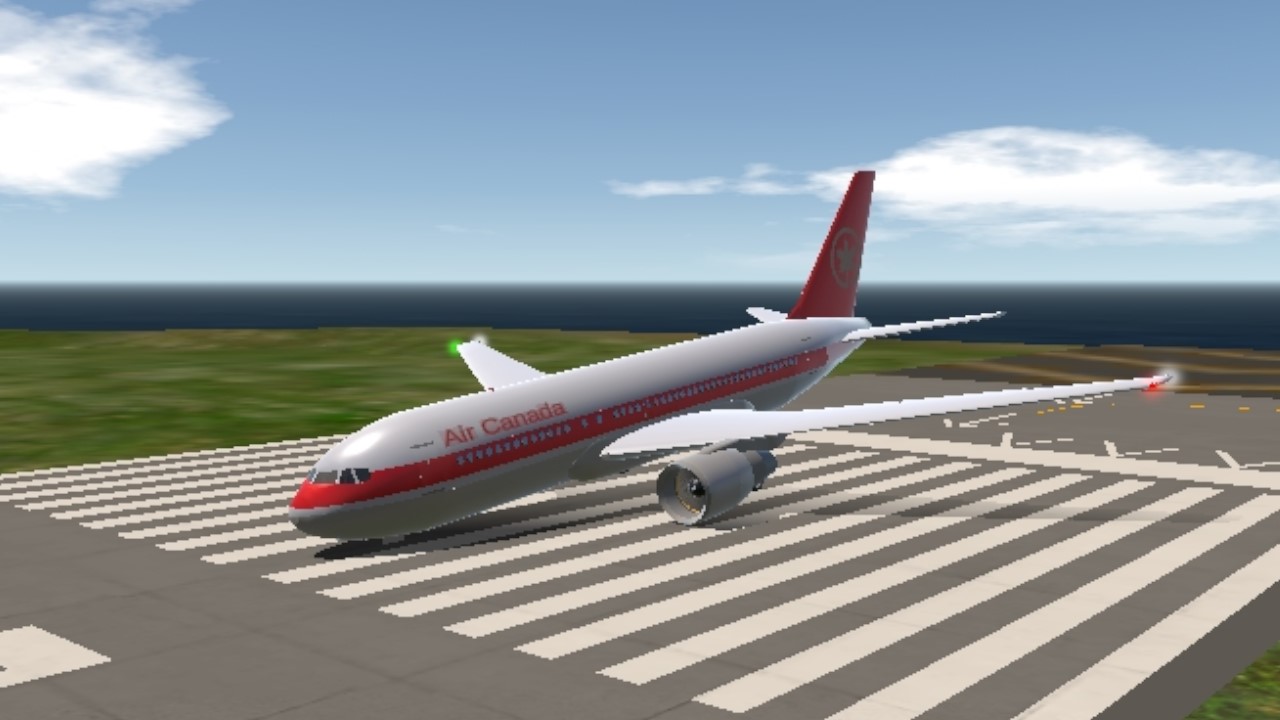
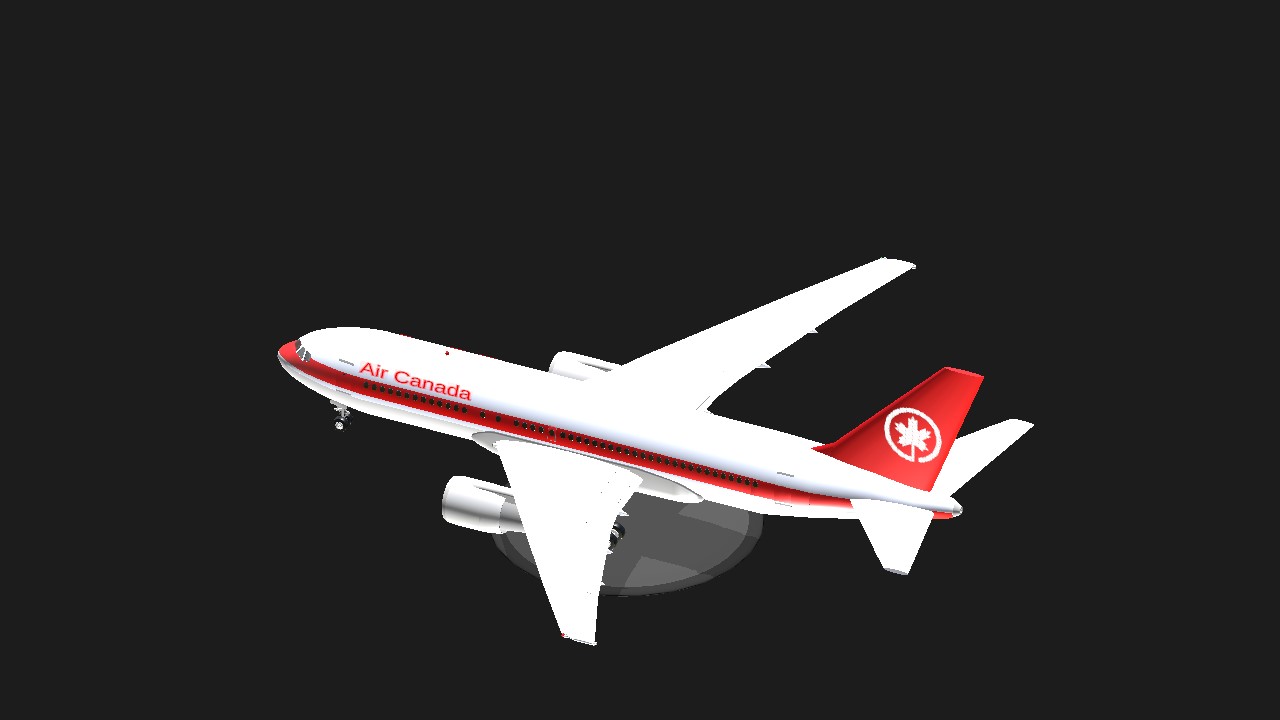
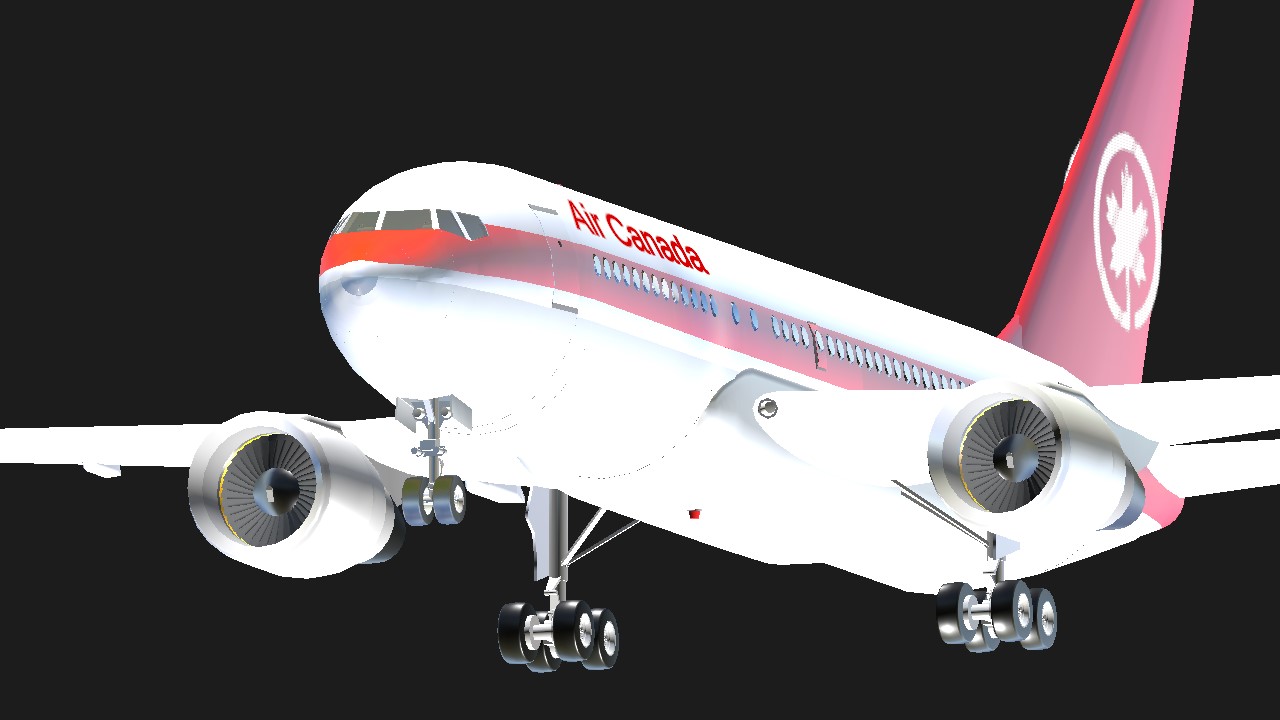
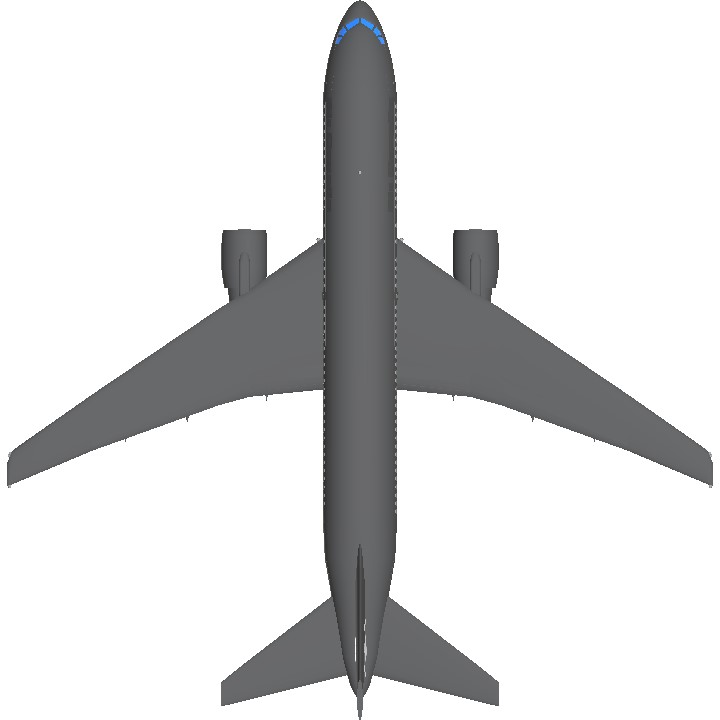
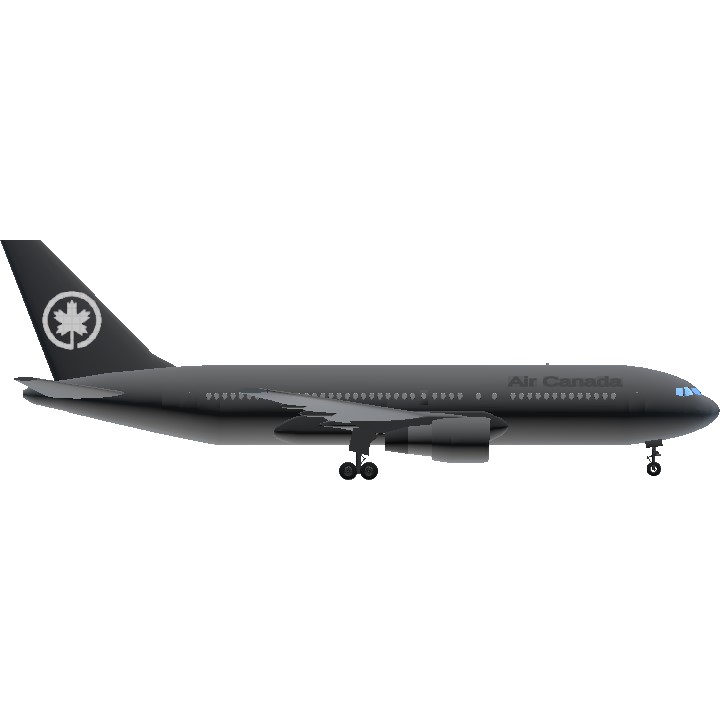
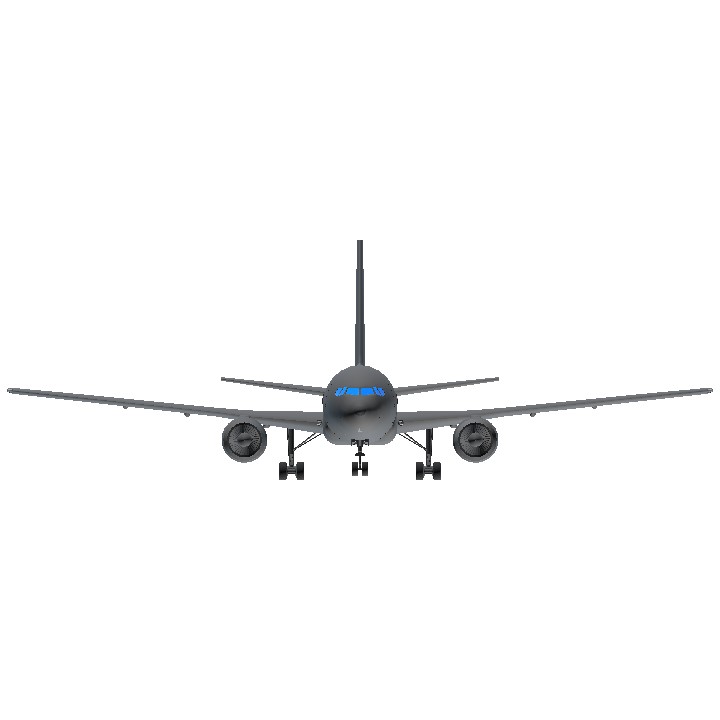
KANSEI DORIFTO?!
deja Vu drift